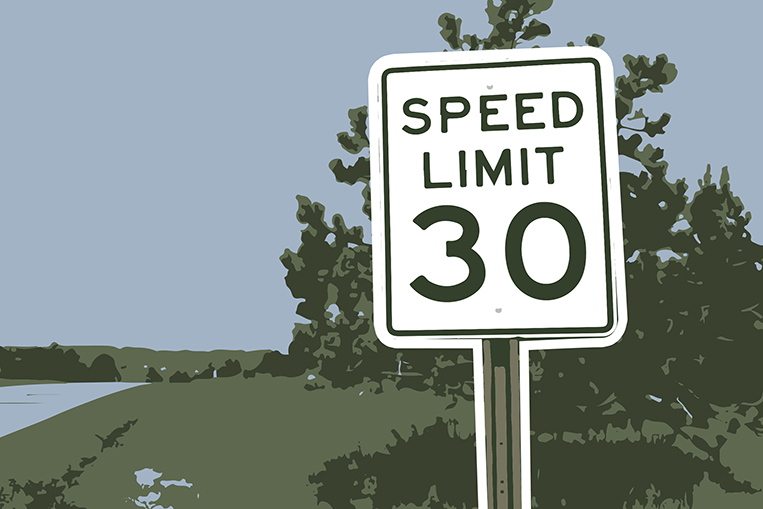
Drive along EDSA and you have almost lottery chances of spotting a speed-limit road sign. You know, that sign that tells a driver how fast he can go without being an unnecessary risk to the safety of his fellow motorists. In other countries, the speed-limit indicator is one of the most common road signs authorities use to manage traffic; in the Philippines, you have better odds of seeing a directional guide to Hotel Sogo than finding a maximum-speed signpost. True story.
While our expressways have clear speed limits—with signs that unambiguously inform drivers—our city streets hardly have any. Motorists are usually left to guess the pace at which they can cruise. One could argue that there is actually no need to set speed limits here because the traffic itself will do it for everyone. It’s pretty funny when city planners propose a 50km/h limit on EDSA, for instance, when we can barely hit 30km/h on this clogged highway most of the time.
But seriously, speed limit is a must. Visible signs that announce it are a prerequisite to road safety. Motorists shouldn’t be assuming figures in their head when it comes to driving speed.
An increase in average speed of just 1km/h raises the risk of accident-related injury by at least 3% and the risk of death by 4-5%. This explains everything, doesn’t it?
The good news is that the Department of Transportation is already doing something about the problem. On Wednesday, February 7, the transport authority launched a joint memorandum circular on “the classification of roads for speed limit-setting.”
From the press statement:
The JMC will be providing guidelines on speed limit-setting, and will likewise create coordination mechanisms for the setting of speed limits on national roads…The memo circular allows national and local governments to work hand in hand in enforcing speed limits. Under Section 38 of the Traffic Code, local government units are mandated to classify roads within their jurisdiction and effectively set speed limits.
The DOTr cited a World Health Organization study that supposedly shows that an increase in average speed of just 1km/h raises the risk of accident-related injury “by at least 3%” and the risk of death “by 4-5%.” This explains everything, doesn’t it?
We hope something good comes out of this. We hope to soon see prominent, well-spaced speed-limit signs on every public road that has its fair share of vehicular traffic. It’s a big, doable step toward relinquishing our ignominious title of being the worst country in the world for driving.

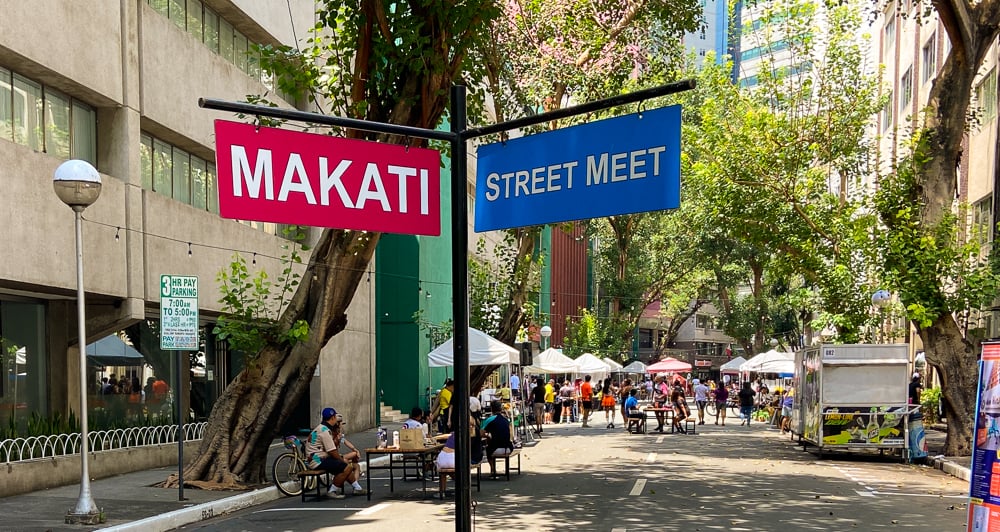


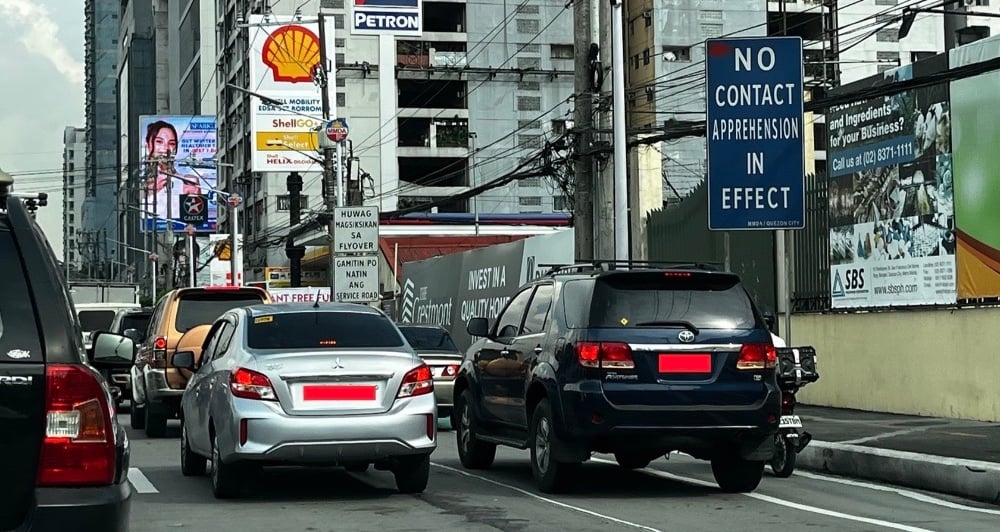

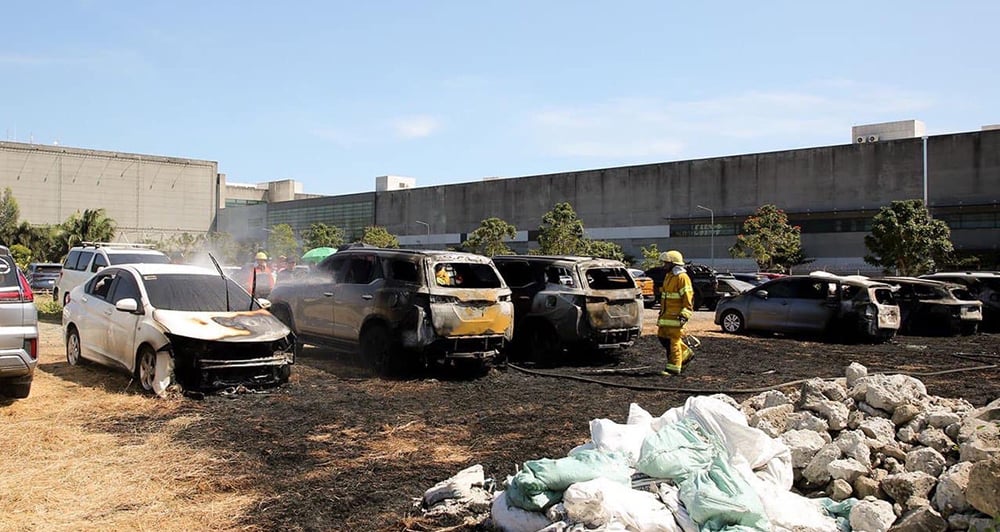
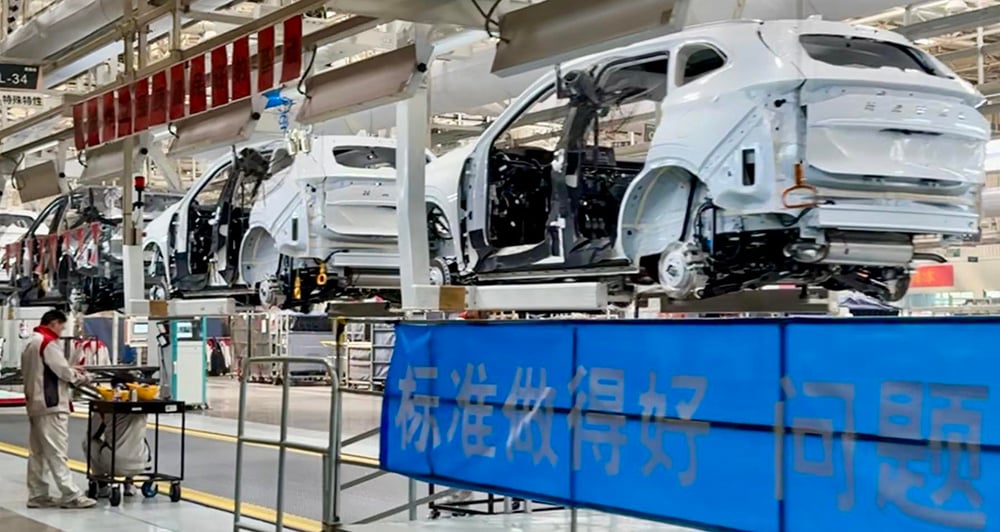



Comments